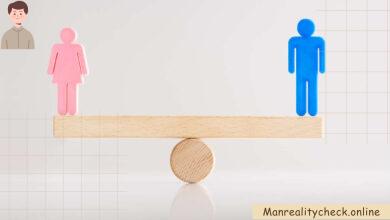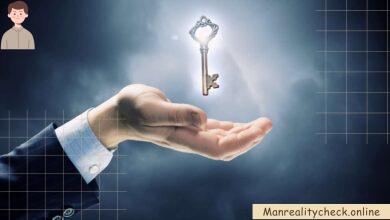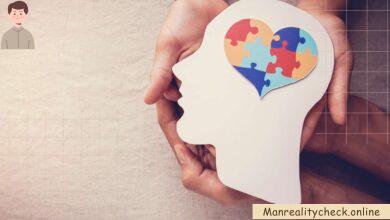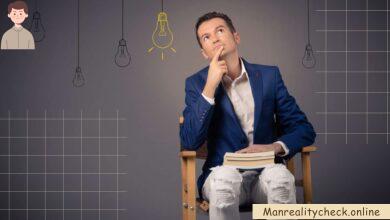What is a Cognitive Explanation of Delusions?

Delusions are false beliefs that stick around even when there’s proof that they’re not true. They’re a big sign of some mental disorders like schizophrenia. Delusions can be caused by different things, like biological reasons, but some explanations focus on how our thoughts and biases affect them.
Thinking and Delusions:
Some explanations say that people with delusions might have certain ways of thinking that make false beliefs come up and stay. A few things about thinking are important when it comes to delusions:
Believing What You Already Believe:
This is called “confirmation bias.” It’s when you only look for, understand, and remember things that fit with what you already believe, and you ignore or forget things that don’t fit. People with delusions might be more likely to pay attention to things that agree with their false beliefs, and that makes those beliefs stronger.
Jumping to Decisions:
Some people with delusions might quickly make up their minds about something even if they don’t have all the information. This is called “jumping to conclusions.” It means they might believe in delusions without really thinking about other possibilities.
Explaining Things the Wrong Way:
“Attribution biases” are about how we explain why things happen. People with delusions might think everyday things are caused by things like conspiracies or magic, which makes their false beliefs stronger.
Not Knowing What’s Real:
Sometimes, people with delusions can’t tell the difference between their thoughts and what’s happening. They might not realize their false beliefs aren’t true and that can make those beliefs even stronger.
Cognitive Models of Delusions:
There are different ways people try to explain how delusions start and stick around. One of these explanations is called the “two-factor” model, and it’s pretty well known. This model says that delusions come from two things working together: a weird experience at the start and how the person thinks about that experience.
In this model, the weird experience could be something small, like seeing or hearing something strange or having a weird thought. Then, how the person thinks about this experience makes it into a big deal. This happens because of the person’s thinking style and how their brain works. This combination of the weird experience and the person’s thoughts turns into a delusion. Once the delusion is there, the person’s thinking style and brain problems make it stay and get even stronger.
The Role of Emotional Factors:
Cognitive explanations of delusions also think about how emotions affect false beliefs. Feelings like being anxious, paranoid, or upset can change how people understand things. When emotions are really strong, they might make people more likely to have certain ways of thinking. These ways of thinking can make false beliefs stronger.
What It Means for Treatment:
Knowing how thinking affects delusions helps with how they’re treated. One common treatment is cognitive-behavioral therapy (CBT). CBT helps people find and change thoughts that don’t make sense, fix thinking problems, and learn new ways of thinking. By working on how people think, CBT tries to make delusions less strong and not affect people as much.
Addressing Complex Cognitive Interplay:
Delusions are:
- A complex interplay of cognitive processes.
- Often involving a combination of biases.
- Deficits.
- Emotional factors.
- What Are the 7 Dimensions of the Human Person?
This intricate relationship contributes to the resilience of delusional beliefs even when faced with contradictory evidence.
Cognitive Biases and Delusions:
Cognitive biases are a big reason why delusions stick around. One bias is “jumping to conclusions.” This means people decide things quickly without enough proof. Delusions can make people believe false things without thinking about other options.
Another bias is “belief perseverance.” This is when people keep believing something even if there’s a lot of proof saying it’s not true. With delusions, this make it hard for people to change their minds, even if they hear things that go against what they believe.
The Formation of Delusional Beliefs:
Starting to believe things that aren’t true, known as delusions, often starts with something strange happening or thinking odd thoughts. These things can make people feel very strong emotions and change how they think. Sometimes, people’s thinking can make the strange thing feel even more important, and this makes their false belief stronger.
For example, someone who’s very anxious around others might think that regular situations mean they’re being watched or singled out. Their way of thinking focuses on proving their belief right and understanding events in one particular way. This could make them see only things that support what they think, and ignore anything that goes against it.
Why Delusions Stick Around:
Delusions don’t go away easily because of different things. Some people have problems in their thinking that make it hard to know what’s real. This makes false beliefs feel as real as facts, which makes the false beliefs last.
Feelings are also important. Feeling anxious, scared, or paranoid makes false beliefs feel important. This stops people from changing their minds. Feeling bad can also make biases stronger and make it hard to think rationally.
Difficulties in Treatment:
Treating false beliefs is hard because of how complex thinking and emotions are. People with false beliefs might not realize their beliefs are wrong, so they don’t want help. Treatments like cognitive-behavioral therapy (CBT) help by gently challenging these beliefs and giving ways to cope.
Understanding More:
Learning about how people think and their biases helps us know why false beliefs happen. This helps researchers and doctors make better treatments for people with false beliefs.
Conclusion:
Thinking about false beliefs helps us understand how people’s minds work and why false beliefs happen. Knowing how biases like confirmation bias, jumping to conclusions, and attribution biases play a part helps us see how false beliefs start and last. When strange experiences mix with biased thinking, false beliefs happen and stay strong.
FAQs:
Q: What are cognitive biases, and how do they relate to delusions?
A: Cognitive biases are patterns in thinking that are different from logical thinking. People with delusions might show biases like confirmation bias, where they only notice things that agree with their false beliefs.
Q: How does the “two-factor” model explain the development of delusions?
A: The “two-factor” model says that delusions happen when strange experiences mix with how a person thinks about them. This thinking is influenced by biases. These biases can make the strange experience seem more important and turn it into a false belief.
Q: What is the role of emotional factors in forming delusions?
A: Emotions like feeling anxious, scared, or upset can change how people understand things. When emotions are strong, they can make people more likely to have certain ways of thinking. This can make false beliefs stronger.
Q: How does cognitive-behavioral therapy (CBT) address delusions?
A: CBT helps people with delusions find and change thoughts that don’t make sense. It also helps fix thinking problems and teaches new ways of thinking. CBT tries to make delusions less strong by working on how people think.




